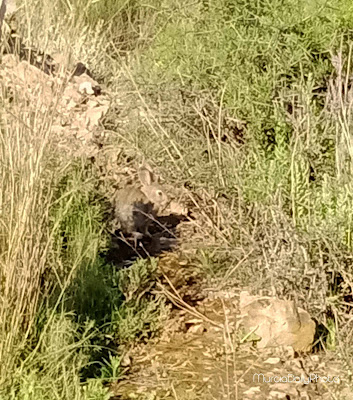Search in this blog
Since June 2008. A small Region that you don´t have to miss.
Posts
Showing posts from 2022
About Murcia
Region of Murcia is located in the southeastern of Spain, between Andalusia (west), Castilia-La Mancha (North), Valencia (East) and Mediterranean Sea (South).
The city of Murcia is the capital of the Region. Other major cities are: Cartagena, Lorca, Caravaca de la Cruz, Jumilla, Yecla, Bullas, Mazarrón, Aguilas ...
The city of Murcia is the capital of the Region. Other major cities are: Cartagena, Lorca, Caravaca de la Cruz, Jumilla, Yecla, Bullas, Mazarrón, Aguilas ...
Stats
Follow MurciaDailyPhoto on Twitter & Facebook
Lume de Biqueira. Pipe Band. Burial of Sardine 2022.
- Get link
- X
- Other Apps
Happiness. Entierro de la Sardina 2022.
- Get link
- X
- Other Apps
Sardine Waiting for its Burial. Entierro de la Sardina 2022.
- Get link
- X
- Other Apps
Flowers Everywhere. Spring Festivities 2022
- Get link
- X
- Other Apps
Traditional Murcian Clothes. Bando de la Huerta 2022.
- Get link
- X
- Other Apps









































